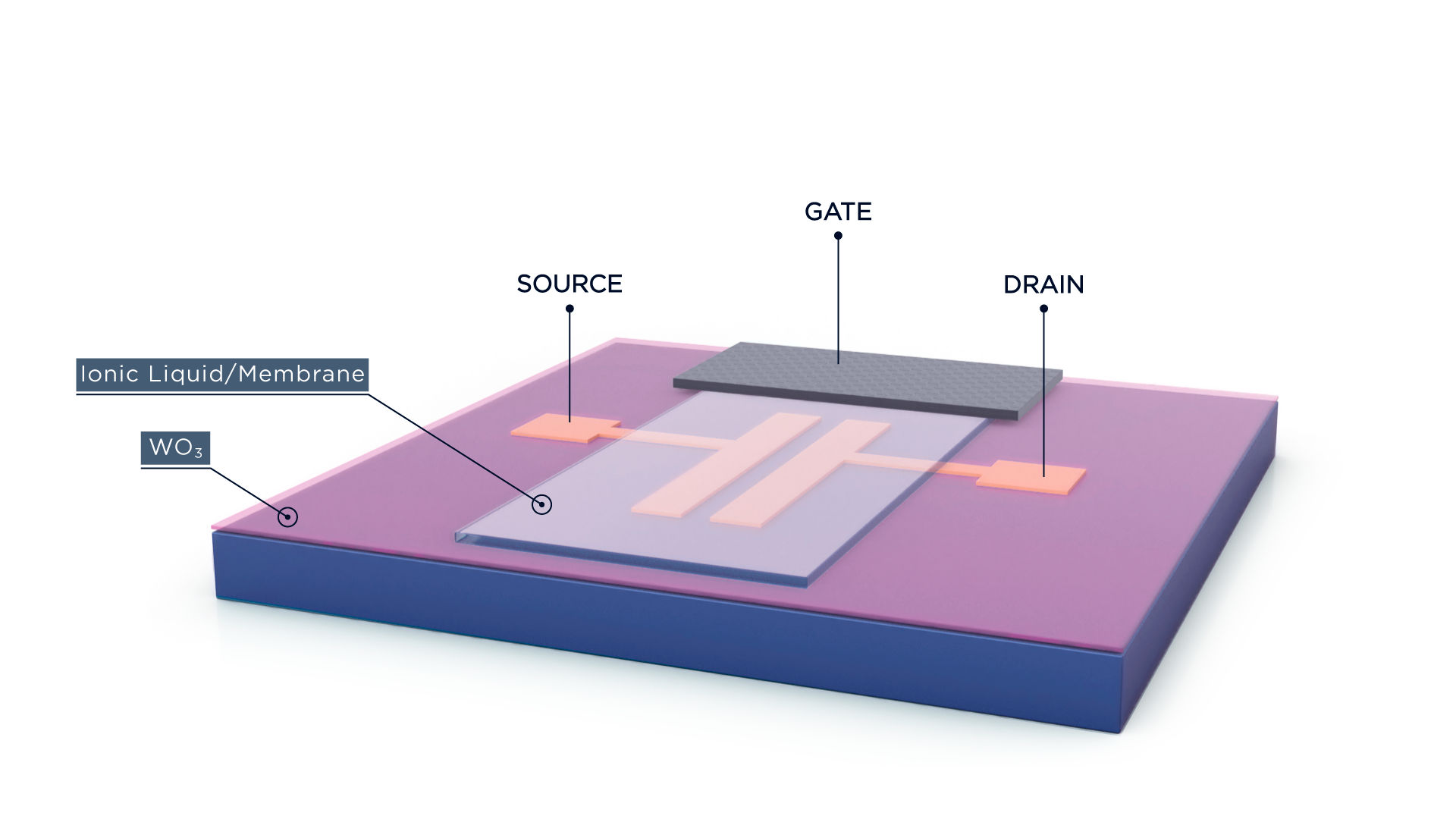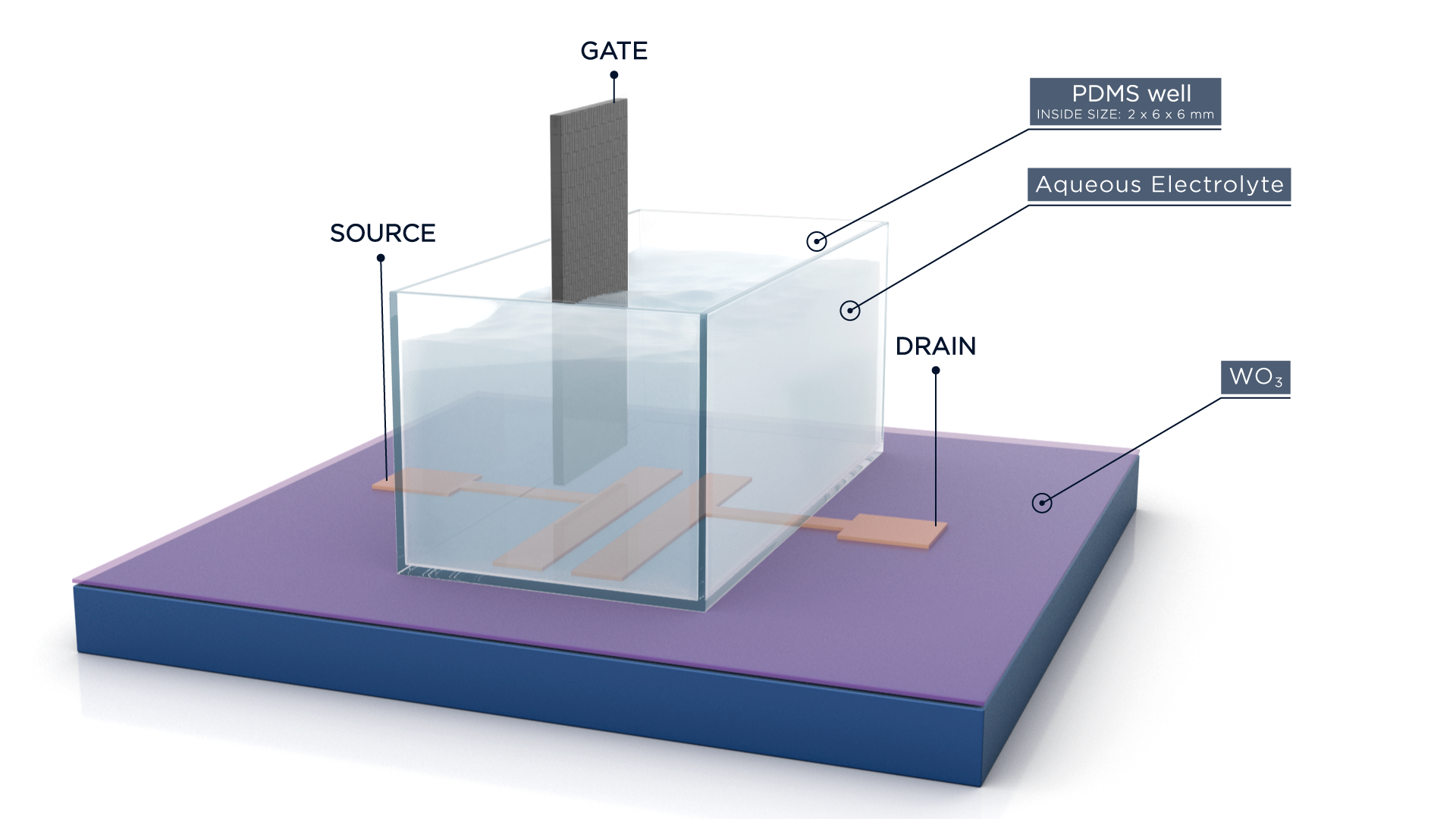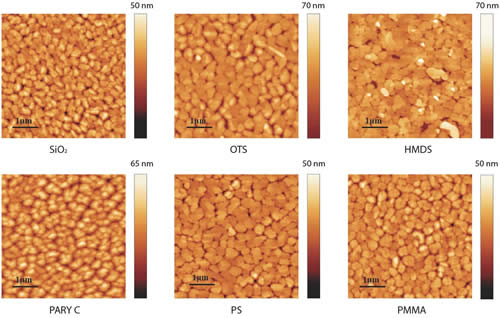The group investigates organic natural (bio-sourced) materials, potentially biodegradable, for applications in green organic electronics (please see https://www.nserc-green.ulaval.ca, Prof Santato is co-PI in the network) In the past few years, the group specifically considered melanin biopigments. The electrical properties of eumelanin, a black brown melanin, have fascinated scientists since the late ’60s. We study the charge carrier transport properties of eumelanin considering the interplay between proton migration, interfacial metal electrode/eumelanin charge transfer (redox) processes, and electronic transport.
AN INTRODUCTION TO MELANIN The migration of human beings from the tropics to the rest of the globe has been marked by variation in the production of the brown-black melanin pigment of the skin. While hominins near the equator developed dark photoprotective melanin-rich pigmentation due to high ultraviolet (UV) radiation exposure, those settling in low-UVB (λ=280-315 nm) environments developed depigmented skin with facultative pigmentation (tanning) to sustain the photosynthesis of vitamin D3. Melanin is thus a key factor in one of the most noticeable human polymorphisms: skin color. Humans lacking melanocytes (melanin-producing cells) in the ear and animals with albinism (a deficit or absence of melanin) display hearing conditions, as in domestic cats with white fur and blue eyes, thus suggesting a biofunctional role of melanin beyond photoprotection. In the melanin biopigments family, eumelanin is a brown-black type found in the human body, other mammals, reptiles, amphibians and fishes as well as in invertebrates such as cuttlefish and insects; Sepia melanin is a type of natural melanin extracted from the ink sac of cuttlefish. Pheomelanin is a yellowish-red melanin. Eumelanin has been intensively studied in recent decades for functional properties, such as UV-Vis absorption, hydration dependent electrical response, metal chelation, and free radical scavenging. It also features an antioxidant behaviour. The limited solubility of eumelanin in most organic solvents has rendered challenging the understanding of its physicochemical properties. Eumelanin is involved in the accumulation and release of metal cations in the human body. It is also worthy of note that the interactions between iron and neuromelanin, a pigment made of eumelanin and pheomelanin present in the brain of humans and primates, have been related to Parkinson’s disease. The remarkable adhesion properties of melanin-like materials on surfaces including metal oxides is the underpinning for emerging applications in the biomedical, water treatment and energy fields.

Ion-gated transistors exploit electrical double layers, forming at the interface between an ion-including medium and a semiconductor, to modulate the electrical conductance in the transistor channel. The high capacitance (typically 10~40 μFcm-2) of thin electrical double layers (ca 2-4 nm-thick) permits to reach high charge carrier density in semiconducting channels (ca 1015 cm-2), at low operating voltages (as low as 0.1-0.5 V). Ion-gated transistors based on channels of 2D materials, metal oxides and organic molecular semiconductors, making use of different gating media, such as ionic liquids, ion gels and saline aqueous solutions, have been reported.
Ion-gated organic transistors
Among such channel materials, organic semiconductors are interesting for applications in bioelectronics as well as flexible and printable electronics. The working principle of ion-gated transistors depends on several factors, such as the nature of the transistor channel material (permeable or not to the ions of the gating medium) and the gating medium (e.g. its conductivity and viscosity). It is reasonable to hypothesize that the softness and the redox activity featured by organic semiconductors render them prone to a bulk (three dimensional) electrochemical doping, where charge carrier injection/extraction from metal electrodes (source and drain) to the semiconductor is assisted by the incorporation/removal of ions in the channel. Nevertheless, specific contributions pertaining to intermolecular interactions between the ions of the gating medium and the organic semiconducting molecules of the transistors channel, as well as the size of the ions, can dramatically affect the effectiveness of the doping and its extension in the film (three vs two dimensional). Therefore, such specific contributions have to be considered to properly describe the operation of organic ion-gated transistors and are the focus of our efforts in the field.
Ion-gated metal oxide transistors
Metal oxides are transistor channel materials interesting for their processability in air, at low temperature. Among metal oxides, tungsten oxide (band gap ca 2.5–2.7 eV) stands out for its electrochromic, gas sensing and photocatalytic properties. We study ion-gated tungsten oxide transistors and phototransistors working in different ion gating media, such as one hydrophobic ionic liquid and an aqueous electrolyte, fabricated both on rigid and flexible substrates. We are currently investigating ion-gated tungsten oxide phototransistors operating in aqueous media could be used as photocatalytic sensors in portable applications.


Tetracene films for light-emitting transistors: chemical and physical effects of organic dielectric substrates
Tetracene vacuum-sublimed films have been used to demonstrate the first Organic Light Emitting Field Effect Transistor (OLEFET). Investigating the role played by the surface substrate chemistry and establishing sound structure-property relationships in organic semiconductor films incorporated into OLEFET structures are keys to understand and improve the optoelectronic characteristics of OLEFET. For this reason, we are currently studying the morphological (see Atomic Force Microscopy images below), structural, light-emission, and charge transport properties in field-effect transistor configuration of vacuum-sublimed tetracene films deposited on chemically and physically different organic dielectric substrates (HMDS- and OTS-treated SiO2, polystyrene, parylene, PMMA).



